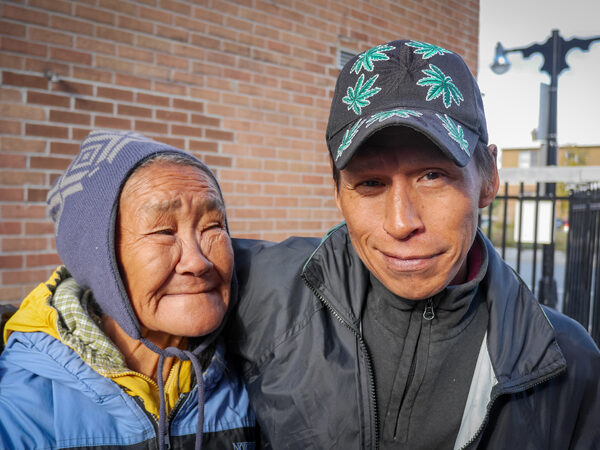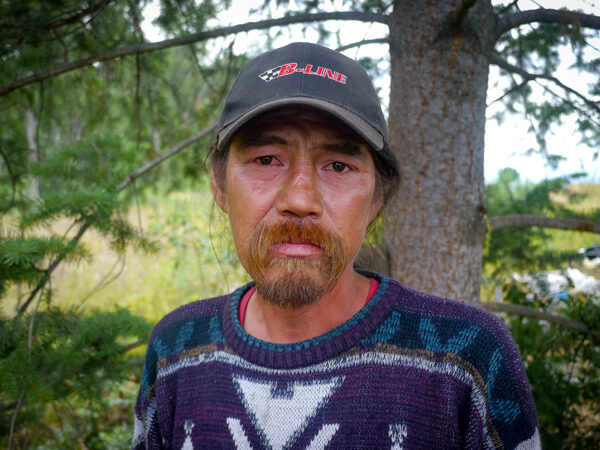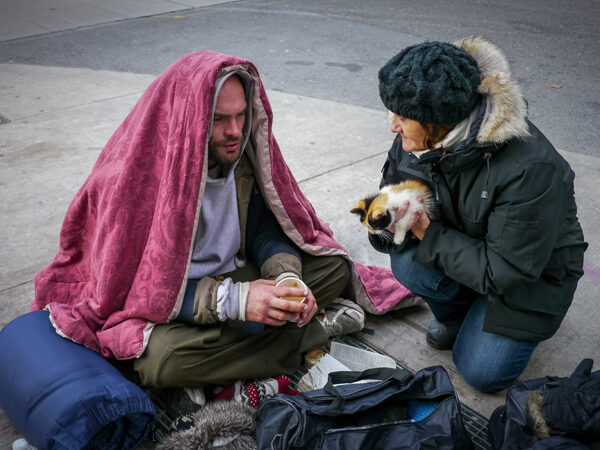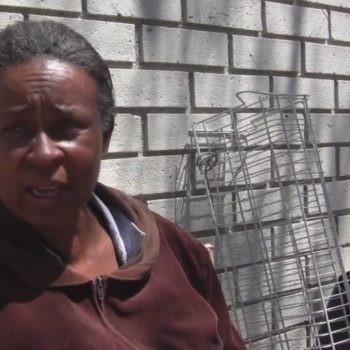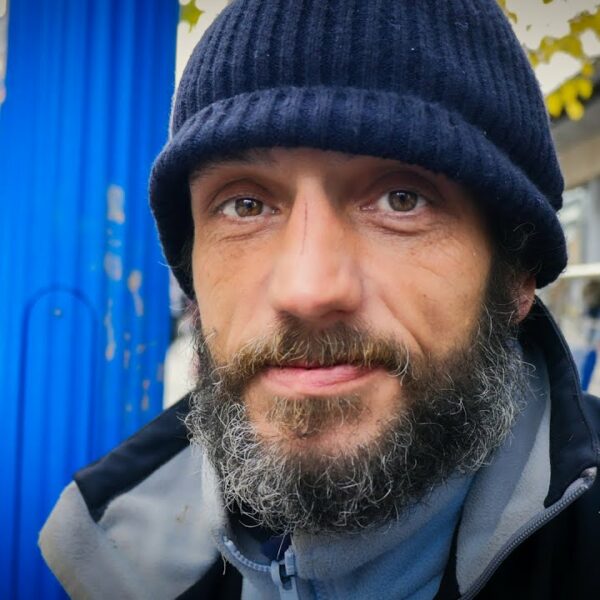As in the U.S., historically marginalized groups are more likely to experience homelessness. This is due to oppressive policies from the past and some that continue today. In Canada in particular, Indigenous communities are vastly over-represented in the population experiencing homelessness.
The definition of Indigenous homelessness in Canada as developed by Jessie Thistle—a Métis academic with a history of homelessness—and the Aboriginal Standing Committee on Housing and Homelessness:
“Indigenous homelessness is a human condition that describes First Nations, Métis, and Inuit individuals, families or communities lacking stable, permanent, appropriate housing, or the immediate prospect, means or ability to acquire such housing. Unlike the common colonialist definition of homelessness, Indigenous homelessness is not defined as lacking a structure of habitation; rather, it is more fully described and understood through a composite lens of Indigenous worldviews. These include: individuals, families and communities isolated from their relationships to land, water, place, family, kin, each other, animals, cultures, languages and identities. Importantly, Indigenous people experiencing these kinds of homelessness cannot culturally, spiritually, emotionally or physically reconnect with their Indigeneity or lost relationships.”
History of Canadian Colonization
According to the Aboriginal Housing Management Association, Indigenous homelessness correlates with the history of colonization in Canada. For example, beginning in 1880, Canada removed Indigenous children from their homes. They placed them in “residential schools,” where they suffered mental and physical abuse, and lacked adequate nutrition and health care. Officials forced cultural assimilation and prohibited cultural traditions and native language. This damaged family and community ties. The last residential school closed in 1996. Aboriginal Indigenous communities also experienced displacement from traditional lands. People were moved to reservations or settlements. However, the government limited Aboriginal Indigenous use of land and resources, which lead to poverty and ill health.
Aboriginal Indigenous populations in Canada, like marginalized racial groups in the U.S., face continued discrimination in housing, education, and employment. Homelessness can be viewed as a symptom of all of societies’ systems failing for an individual or population group. So when a marginalized group is oppressed across systems, they are at a greater risk of homelessness. This has been the case with the Aboriginal Indigenous people in Canada.
Reaching Home: Canada’s Homelessness Strategy
With this history and reality in mind, Canada has specific campaigns and programs to address Aboriginal Indigenous homelessness. In the 2018 Reaching Home: Canada’s Homelessness Strategy, a national strategic plan to address homelessness, the government recognizes the need to address the over-representation of Indigenous people in Canada’s homeless population. While Indigenous people are eligible for services under all funding streams of the program, through Reaching Home, the Government also states that it will increase dedicated funding for Indigenous-led homelessness initiatives to support the availability of culturally-appropriate services.
Some people believe the response has been adequate. Others think there is much more the government should do to support Aboriginal Indigenous populations who are struggling to stay housed. For example, some believe Aboriginal Indigenous representatives should be much more involved in policy decision-making.








